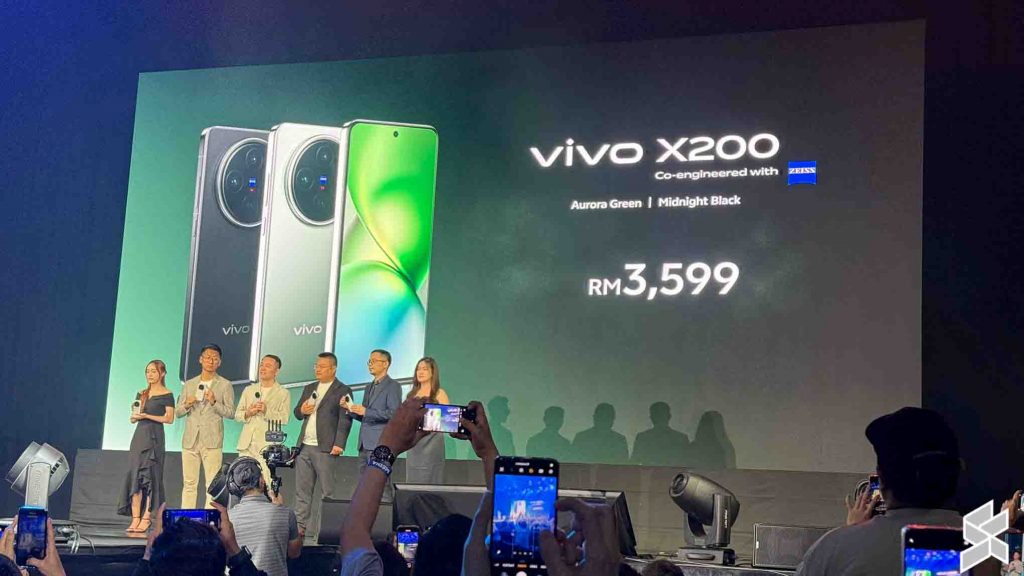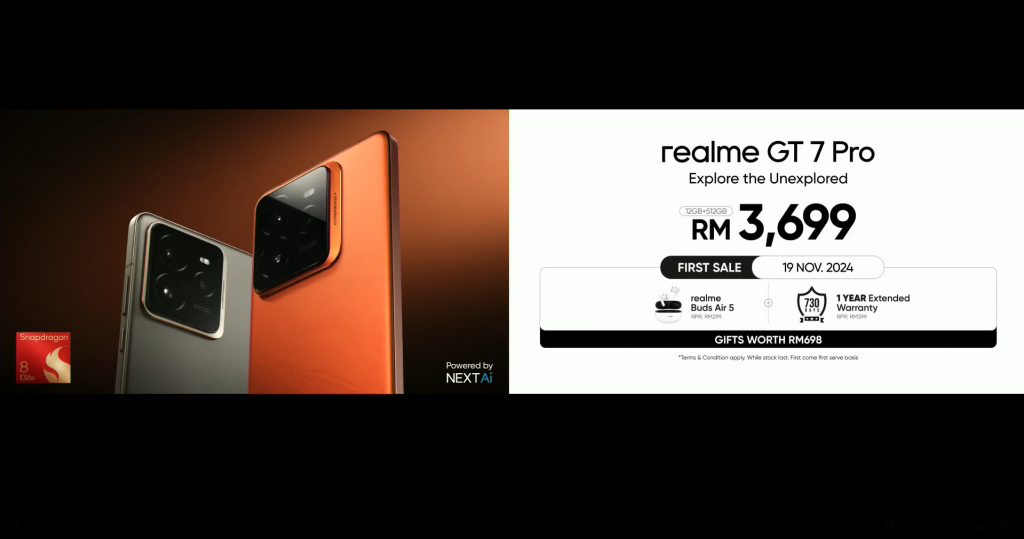We have covered many uses, productivity hacks, automations, workflows and other ways to use AI to improve your results, skills and more. However one application we have not covered until now is using AI to play Pokémon Red. This guide provides a chance to learn more about training AI models using reinforcement learning. As well as the AI’s learning process in the game, the AI’s successes and failures, the technical details of the AI’s development, strategies for running experiments efficiently, and future improvements and how to run the program on your own computer if you’re interested.
The AI was trained to play Pokémon Red using reinforcement learning, a process that began with the AI having no knowledge of the game and only the ability to press random buttons. Over five years of simulated game time, the AI learned to catch Pokémon, evolve them, and even defeat a gym leader. This learning process was guided by a reward system, which incentivized the AI to complete objectives and learn through trial and error.
Training AI to Play Pokemon using reinforcement learning
The AI’s learning process was visualized to understand its behavior and decision-making. This visualization provided valuable insights into the AI’s learning process and helped guide future improvements to the AI’s training. Check out the video below to learn more about the process and see it in action.
Other articles we have written that you may find of interest on the subject of AI models :
The AI was encouraged to explore the game map and seek out novelty, with rewards given for discovering new screens. However, this learning process was not without challenges. The AI sometimes became fixated on certain areas due to the novelty reward system. To adjust the AI’s behavior, the reward system was modified, such as increasing the threshold for novelty rewards to encourage exploration of new locations. Additional rewards were added to incentivize the AI to engage in battles and level up its Pokémon.
The AI learned to navigate the game map, engage in battles, and even exploit the game’s random number generator. The AI’s behavior was analyzed and visualized to understand its learning process and decision-making. This analysis revealed the AI’s interaction with the game environment and the design of the reward function were key considerations in the training process.
The AI was trained using a reinforcement learning algorithm called proximal policy optimization. This algorithm was chosen for its ability to handle the complex and dynamic environment of Pokémon Red. However, the AI’s training was not without challenges. The need to backtrack in the game, the cost of running the training, and the need to carefully design the reward function were all factors that had to be considered.
Running the AI’s training can be done on a personal computer, with instructions provided in the project’s GitHub repository. However, it’s important to note that by default, the game will terminate after 32K steps, or approximately one hour. This can be increased by adjusting the ep_length variable, but it will also use more memory. By default, this can use up to approximately 100G of RAM. This can be decreased by reducing the num_cpu or ep_length, but it may affect the results. Also, the model behavior may become degenerate for up to the first 50 training iterations or so before starting to improve.
Steps to Train an AI Model using Reinforcement Learning:
1. Problem Formulation:
- State Space: Define the set of all possible states the agent can encounter.
- Action Space: Define the set of all possible actions the agent can take.
- Reward Function: Define a function that provides a scalar reward based on the state-action pair.
- Policy: A strategy that the agent employs to determine the next action based on the current state.
- Objective: Usually, the objective is to maximize the expected cumulative reward, often discounted over time.
2. Environment Setup:
- You can either use a pre-built environment (like OpenAI Gym) or build a custom one that simulates the problem you’re trying to solve.
3. Initialize Parameters:
- Initialize the policy, and other parameters like the discount factor, learning rate, etc.
4. Training Loop:
- Observation: Observe the current state of the environment.
- Action Selection: Use the current policy to select an action to take in the observed state.
- Execution: Execute the action and observe the new state and reward.
- Learning: Update the policy or an intermediate function (like value function or action-value function) based on the observed reward and transition.
- Loop: Continue this process until a termination condition is met, which could be a maximum number of iterations, a satisfactory level of learning as defined by the problem, or other criteria.
5. Policy Improvement:
- After sufficient training, refine or optimize the policy for better performance, which can be done using techniques like Policy Iteration, Value Iteration, or through more advanced methods like Actor-Critic models.
6. Evaluation:
- Run the trained agent on test environments or real-world scenarios to evaluate its performance.
Algorithms:
Different algorithms can be employed at the learning stage, each with its own advantages and drawbacks:
- Value Iteration, Policy Iteration: Basic methods mainly used for educational purposes.
- Q-Learning, Sarsa: Model-free methods suitable for high-dimensional state spaces.
- Deep Q-Network (DQN): Combines Q-Learning with Deep Learning.
- Policy Gradients: Directly optimize the policy function.
- Actor-Critic: Combines value-based and policy-based methods.
Libraries and Tools:
- Python libraries like TensorFlow, PyTorch for building neural networks if you’re using function approximators.
- OpenAI Gym for environment simulations.
Through reinforcement learning, the AI has learned to navigate the game world, engage in battles, and even exploit the game’s mechanics. Despite the challenges, the AI’s training has provided valuable insights into the learning process and decision-making of AI, and has paved the way for future improvements and applications of AI in gaming.
Filed Under: Guides, Top News
Latest togetherbe Deals
Disclosure: Some of our articles include affiliate links. If you buy something through one of these links, togetherbe may earn an affiliate commission. Learn about our Disclosure Policy.




